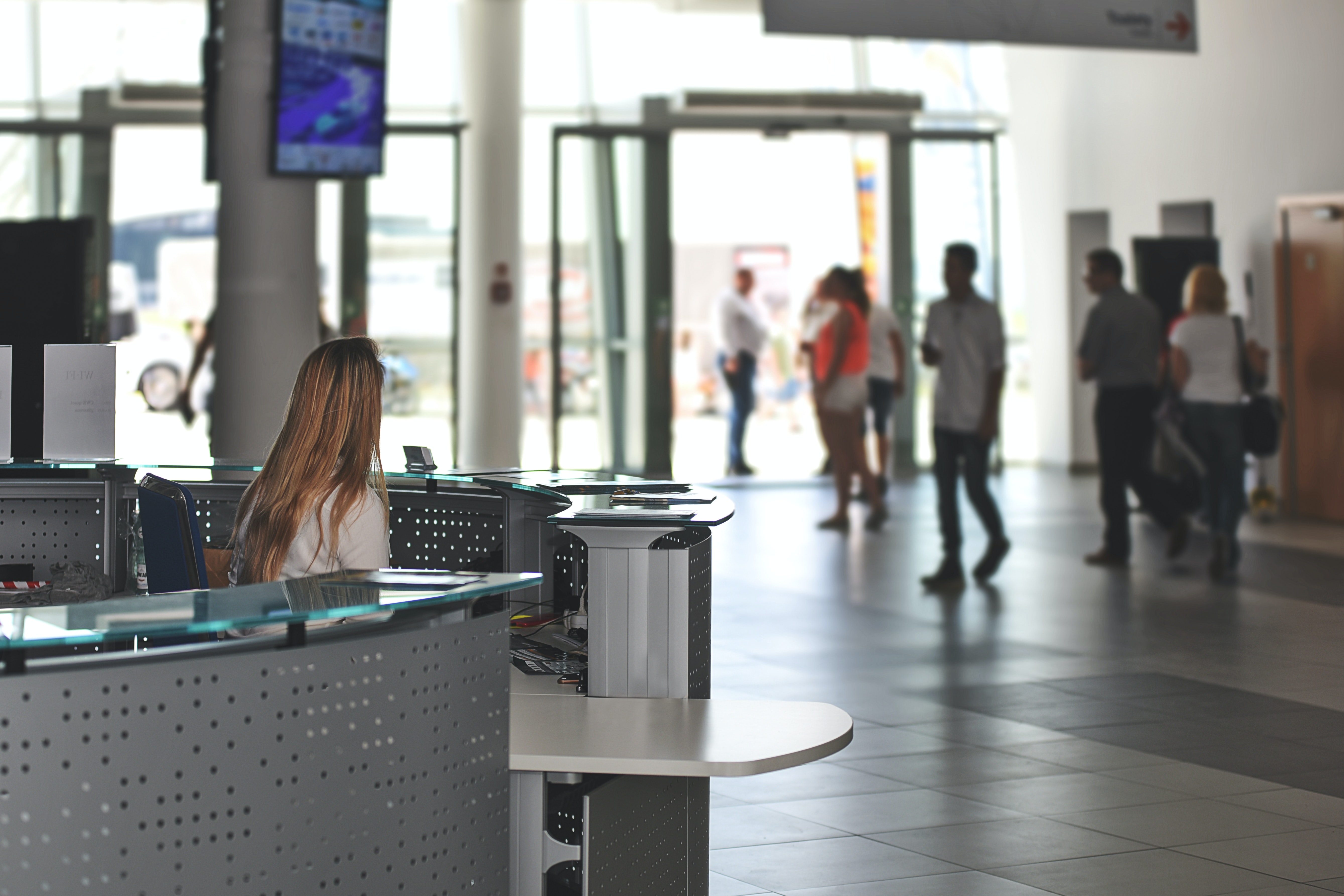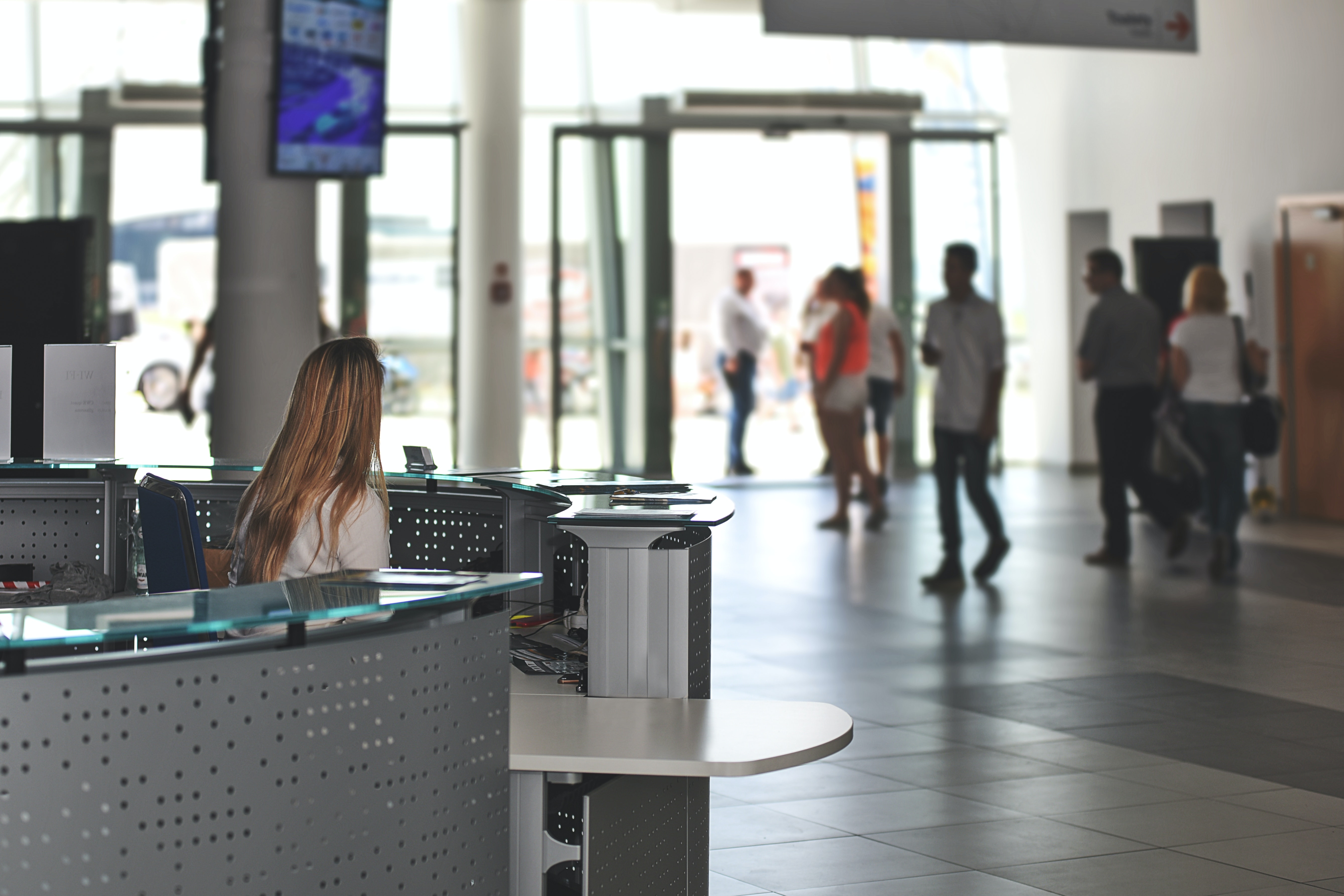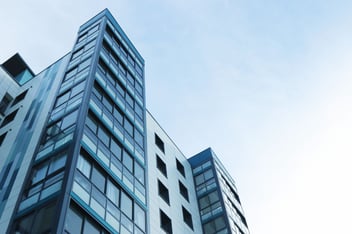Artificial intelligence, machine learning and predictive analytics can help you improve your hotel's occupancy rates. Find out how.
Predictive analytics and machine learning have great potential in helping companies optimise their operations, strategies and resources. When it comes to hotel chains, these technologies can help us predict occupancy, improve the customer experience and increase potential customer acquisition, among many other things. Find out how you yo improve your hotel's occupancy with machine learning and predictive analytics.

Artificial intelligence has long been part of the business DNA and has brought massive changes to all kinds of industries. From more accurate predictive data analytics to machine learning innovations, AI has made a real difference to many businesses around the world.
Obviously, hotel chains have been no exception. More and more hotels are introducing various artificial intelligence powered tools to manage their day-to-day tasks. In this sense, there are many ways in which a hotel chain can take advantage of artificial intelligence, but this time we focus on the usage of predictive analytics and machine learning to improve occupancy.
What are predictive analytics and machine learning?
Predictive analytics uses statistics and data modeling techniques to make predictions about future events. By looking at both current and historical data, predictive analytics is able to identify patterns that are likely to develop again in the future. With the help of predictive analytics, businesses can make better decisions based on their data (data-driven decisions), plan their strategies, allocate resources smarter, improve operational efficiency, reduce risk, etc.
On the other hand, machine learning is a field related to artificial intelligence, computer science, and data science that uses data and algorithms to imitate the way humans learn. With the help of machine learning, algorithm-based programs can make more accurate predictions and recommendations allowing businesses to improve their growth metrics among other things.
When it comes to hotel chains, both technologies can make a difference in optimising occupancy rates. Let's see how.
- Take a look at Hotel Management Dashboards, a dashboard environment for monitoring and analysing the key results of the different functional areas of the hotel sector.
How to Improve Your Hotel Occupancy With Machine Learning and Predictive Analytics?
1. Personalize Customer Experiences
First and foremost, predictive analytics and machine learning are great technologies to improve the customer experience in the hotel sector. Both technologies can help you to personalise the experience of each and every guest that comes to your hotel. Nowadays, customers expect to get special treatment based on their personal preferences, needs, and expectations. Working with Big Data makes such treatment possible even if you have limited resources.
Predictive analytics largely relies on historical data to find out what the customer’s next steps will be. You can detect patterns in your client’s past behavior to offer them the best room, services, and more. In some cases, you might be able to offer them something they need before they even realize they need it. Analyze how certain types of guests behave after the check-in and adjust your services accordingly for future customers.
2. Dynamic Pricing Models
Similarly to providing personalized customer experiences, you can also start utilizing dynamic pricing models. Obviously, most customers will want to get the best room for the lowest price possible which isn’t the best option for you. However, you can use data analytics to help you better understand what kind of prices your audience expects for particular types of rooms and services.
In this case, it is advisable to approach a specialised consultancy for guidance on what type of data analysis is the most effective to improve our current price analysis strategy. Once our pricing model has been optimised, we can start collecting data on how guests react to these prices. It is important to remember that dynamic pricing models are directly related to changes in the market and the expectations of our audience, so it is necessary to update and adapt prices regularly.
3. Provide Better Customer Support
Creating personalized customer experiences is definitely necessary and one of the most important parts of it is customer support. With the help of machine learning tech, you can easily upgrade your customer support and provide a much better version of it to your future customers.
Harold Miller, an expert in data analytics working in Topwritingreviews, says, “Perhaps the most well-known example of how AI can be used in customer support are chatbots. These are already used by different companies to communicate with their customers instantly once the client gets on the company’s website or social media page. Likewise, hotels can answer customer questions more efficiently by using bots which will, in turn, lead to more satisfied clients.”
4. Take Your Marketing to The Next Level
Aunque la atención al cliente es esencial, también lo es el marketing. Afortunadamente, la analítica predictiva y el machine learning son las tecnologías ideales para llevar nuestra estrategia de marketing al siguiente nivel. Evidentemente, cualquier estrategia de marketing eficaz debe estar basada en la recopilación y el análisis de datos en la medida en que la información sobre nuestros clientes, productos y servicios y el mercado juegan un papel fundamental en el desempeño de acciones de marketing más eficaces.
While customer support is essential, so is marketing. Fortunately, predictive analytics and machine learning innovations are perfect for taking your marketing strategy to the next level. Effective marketing is usually defined by how well you are able to collect and analyze data, so you can see how data analytics plays a key role in the process.
For instance, by analyzing your lead generation statistics from your PPC ad campaigns, you can better understand what types of ads have a bigger impact on your customers. You can also use different retargeting techniques to generate more leads. And even beyond that, predictive analytics can be used to predict the number of bookings you can get based on a variety of factors at play.
5. Forecast Occupancy Rates and Demand
Last but not least, data analytics can be used to forecast occupancy rates and demand. Just like predicting the number of your bookings, you can also use different artificial intelligence powered tools to predict how many rooms in your hotel will be occupied during a particular period. This will, in turn, help you predict how many staff members you need for that period, how many supplies you should order, and so on. On the other hand, the right technology can help us avoid management errors.
At the same time, predictive analytics can also help us forecast the overall demand for our services. If we know the approximate demand rate in advance, it is much easier for us to adequately satisfy our customers, optimise resources and boost customer profit.
Conclusion
In short, predictive analytics and machine learning integrations can make all the difference to a hotel's productivity and profitability. These types of technologies continue to broaden the horizons of possibilities for hotel chains to expand their business and apply innovative strategies to improve the efficiency of their operations and strategies.
Exclusively written for bismart.com. Prepared by Frank Hamilton | Frank Hamilton has been working as an editor at College essay writing service review. He is a professional writing expert in such topics as blogging, digital marketing and self-education. He also loves traveling and speaks Spanish, French, German and English.



